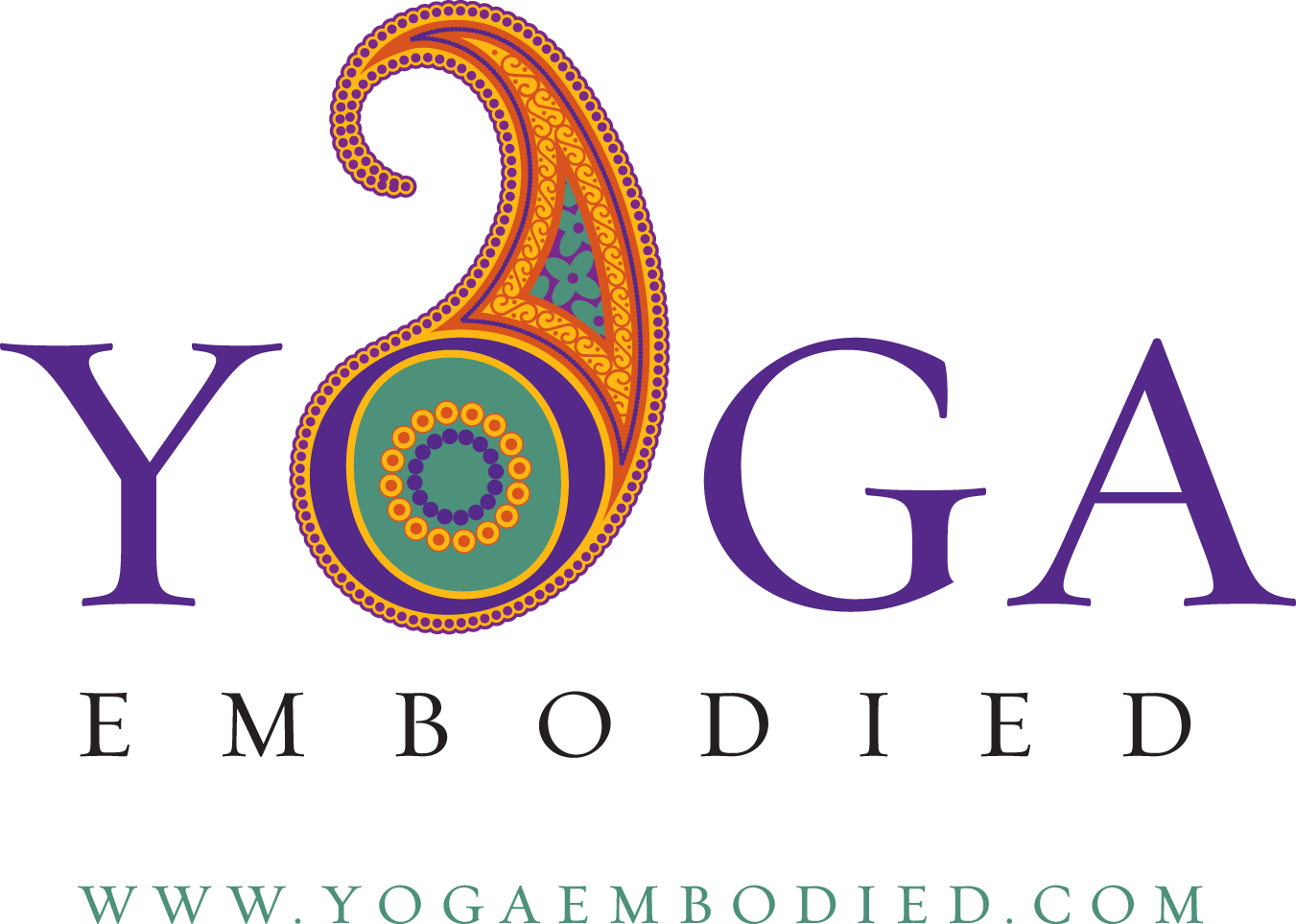What your style?
The sun, the moon and the stars…
As a yoga teacher I am often asked what kind of yoga I teach. There are so many names out there and it is getting rather confusing when you are looking to join a class. So here is a lowdown of yoga styles.
Hatha Yoga
Firstly, most classes you come across here in the West are Hatha Yoga. Ha meaning the Sun and Tha can be translated as Moon. Yoga can be thought of as the union between the Sun and the Moon, the solar and lunar aspect of our being, male and feminine, warm and cool etc… The balance between opposites. One way of finding the balance is through Asana – or postures.
Although the aim of all yoga styles is Moksha, or enlightenment, the practise has many forms. Generally the postures and breathing exercises are similar but the emphasis on alignment, coordination of movement and breath and pace may differ.
Two teachers have been prominant in bringing yoga, as we know it today, to the West. Swami Sivananda (1927-1993) and Sri Krishnamacharya (1888-1989) had several disciples who created styles of yoga popular today.
Swami Sivananda was a medical doctor turned yogi and vedantic scholar. He founded the spiritual organisation The Divine Life Society.
Swami Sivananda’s lineage:
Sivananda Yoga
The founder Swami Vishnudevananda brought yoga to the West on the request of his teacher. Teachings are based on a specified sequence of twelve asana and certain pranayama techniques. Philosophy, kirtan and meditation are also part of Sivananda yoga.
Satyananda/Bihar School of yoga (Satyananda Saraswati)
A traditional yoga based on tantra, hatha yoga, bhakti and jnana yoga. An asana practise focusing on spiritual and meditative aspects of yoga.
Sri Krishnamaryacharya was a yogi, a vedic and sanskrit scholar who taught sequences of postures integrated with breath. His style has influenced many Vinyasa and Flow yoga practises today.
Sri Krishnamaryacharya linage:
Iyengar yoga (BKS Iyengar)
Hatha yoga which emphasises correct physical alignment often using props such as belts, bolsters and blocks.
Astanga Vinyasa Yoga (Sri Patabhi Jois)
Specific dynamic asana sequences following the breath. A very dynamic practise which has influenced many Vinyasa Flow and Power Yoga styles.
Several other schools of hatha yoga has developed from the inspiration of the above styles including jivamukti yoga, vinyasa flow, power yoga, anusara and yin yoga.
Kundalini Yoga (Yogi Bhajan)
Is an energetic style of yoga which differ from the above styles with its repetitive movements (such as waving the arm). It promotes Kriyas, cleansing techniques, and the focus is to awaken the Kundalini energy. Mantra, music and chanting is included in the practised brought to the West in 1969.
I have enjoyed Satyananda yoga, Iyengar and Jivamukti but my main teachers and inspirations are from the Vinyasa Flow tradition. Creative sequencing, Flowing movements, Dynamic, solar, but also Calming, lunar, flow – infinite possibilities and my own individual input.
My advice to anyone feeling the pull to yoga is to try our different styles, different teachers… they will all have something to offer.
Anja is a London based Yoga teacher specialising in Vinyasa Flow, Pregnancy and Postnatal (mother and baby) Yoga. She is also a qualified Ayurvedic Practitioner offering treatments and consultations.
She shares the teachings of Yoga and Ayurveda in classes, workshops, in her writings for Familiesonline and published magazines as well as online yoga classes
